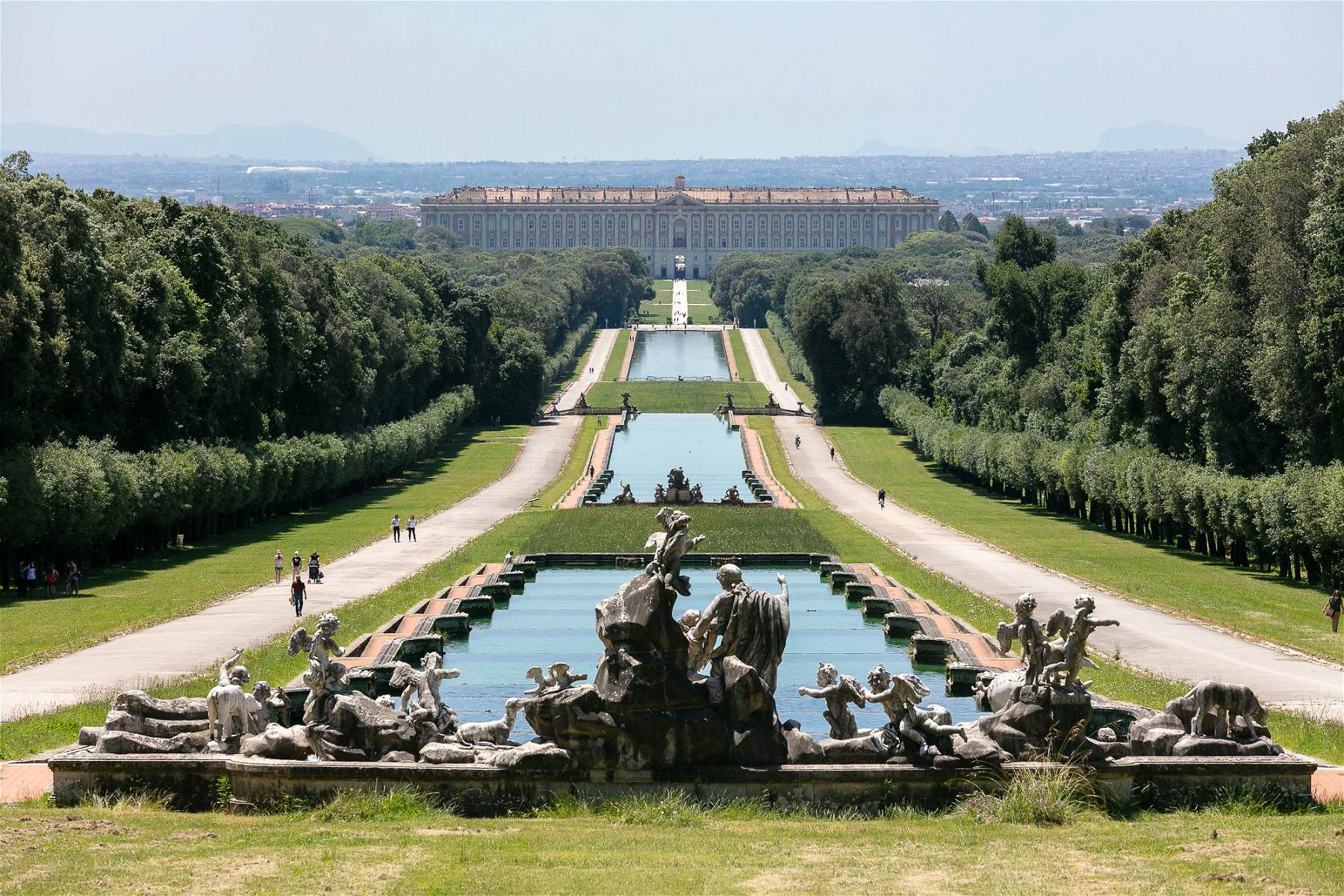The Royal Palace of Caserta and the General Directorate for Agricultural, Food and Forestry Policies of the Campania Region signed a memorandum of understanding this morning for the protection of monumental trees, valuable plant essences and their genetic heritage and plant health in the Royal Park. The agreement is in line with the goals of the UN Agenda 2030.
This morning, the director of the Royal Palace of Caserta, Tiziana Maffei, with Campania Region Agriculture Councillor Nicola Caputo, together with Daniela Carella, manager of the Campania Region’s Phytosanitary Service Executive Operational Unit, Salvatore Apuzzo of the Campania Region’s “Environment Forests and Climate” Executive Operational Unit, and Agnese Rinaldi of the Regional Center for Equestrian Enhancement, explained the details of this project to the press. The Royal Palace of Caserta, recognizing the potential of network policies and the sharing of knowledge and expertise, has embarked on planned management of its green heritage. The plant component of the Vanvitellian Complex (as it is living, changing and fragile) needs constant care and safeguarding based on scientific research and expertise.
A number of collaborations with ARPA Campania, the DISTAL Department of Agri-food Sciences and Technologies Alma Mater Studiorum University of Bologna and the DiA Department of Agriculture University of Naples “Federico II” have already been implemented with this in mind. The agreement with the Directorate General for Agricultural, Food and Forestry Policies of the Campania Region now allows the Museum to receive important and qualified technical support in the delicate management of the greenery.
The “mapping” of tree specimens and valuable plant essences in the Royal Park is the starting point of a series of activities to safeguard the life of the Green Museum. Experts will support the institute in the reconnaissance of monumental trees already surveyed in order to assess their phytosanitary status. Research will also be conducted aimed at identifying other specimens deserving to be recognized as monument trees under Article 7 of Law 10 of January 14, 2013. Seeds of historic plants and valuable specimens will be collected to preserve their ancient genetic makeup as well as their initial physiological and ornamental characteristics. Nurseries will be set up to increase the selected specimens and cuttings (a breeding technique that consists of inducing a portion of the plant, separated from the mother, to emit roots and develop a new independent specimen) of the camellia from the ancient collection. This will replace desiccated or diseased specimens and maintain their original genetic makeup. In addition, with the Region, constant phytosanitary monitoring of the Asian Bug (Halyomorpha halys Stål) will be carried out, checking the possibility of the introduction of its antagonistic insect, Trissolcus japonicus.
 |
| Royal Palace of Caserta and Campania Region sign agreement for the enhancement of the Royal Park |
Warning: the translation into English of the original Italian article was created using automatic tools. We undertake to review all articles, but we do not guarantee the total absence of inaccuracies in the translation due to the program. You can find the original by clicking on the ITA button. If you find any mistake,please contact us.